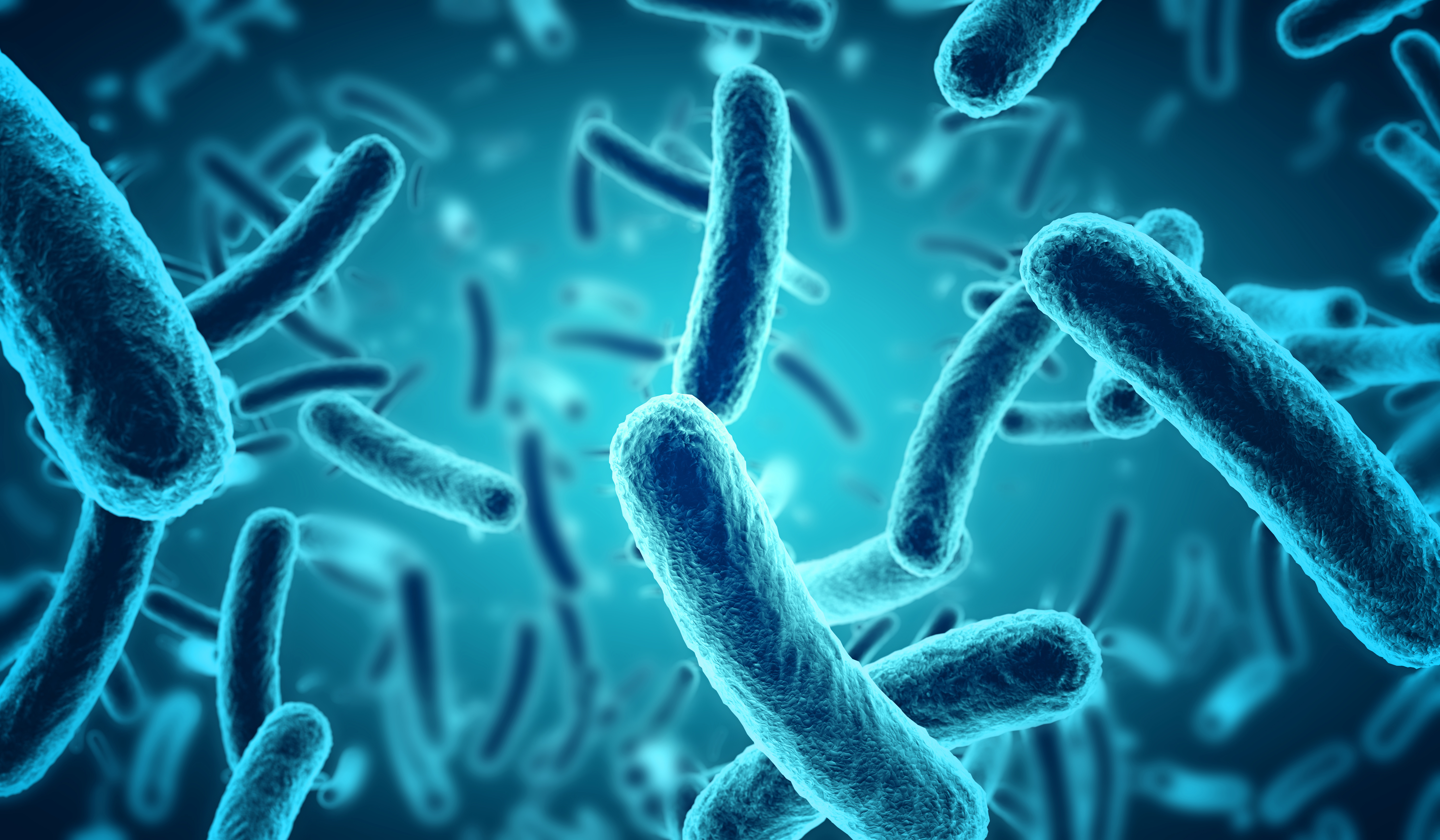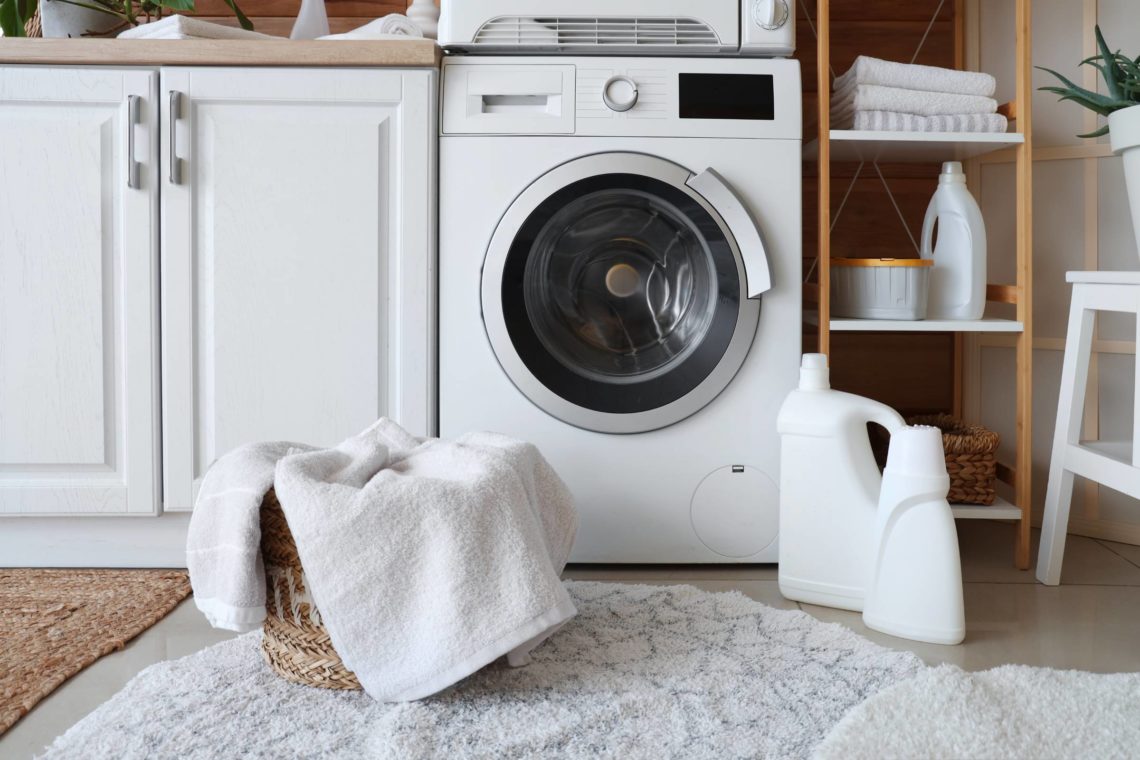Most people assume that a hot wash means clean clothes. But new research suggests your washing machine may be underperforming, especially when it comes to killing harmful bacteria. Despite running at high temperatures on paper, many machines aren’t actually getting hot enough.
Guidelines from health organizations like NHS England say you should wash contaminated clothes at 60°C (140°F) for at least ten minutes. That’s usually enough to kill off most microbes. But when researchers tested six popular home washing machines, the results they found were inconsistent, a new study shows.
Half the washing machines tested failed to disinfect and kill bacteria during short cycles, and one-third didn’t manage it even during the longer ones. In one case, a machine labeled as 60°C never got above 20°C. So while you think you’re blasting bacteria with heat, you might just be giving them a lukewarm soak. This means germs could be surviving your regular laundry cycles, and even learning how to resist your detergent.

Lead researcher Katie Laird from De Montfort University pointed out that people often trust their machines without knowing what temperature they’re actually hitting. And that’s a problem, not just for dirty clothes but also for public health. Considering researchers have actually recommended leaving your shoes outside to avoid bringing germs in, carrying them around on your clothes is not exactly ideal, either.
In follow-up tests, researchers found bacteria inside the washing machines themselves were developing resistance. DNA analysis showed microbes adapting to survive repeated washes with detergent. That’s especially concerning in healthcare settings, where uniforms washed at home could become sources of hospital-acquired infections or contribute to antibiotic resistance.
The study suggests we may need to rethink how we use our washing machines effectively. The researchers recommend that you always run a regular cleaning cycle at 90°C (194°F) and disinfect your washing machine at least once a month. Additionally, using a descaler can help prevent limescale buildup, which can impair the heater within your machine.
Your laundry might look fresh after being washed, but invisible bacteria could still be clinging on. With inconsistent heat performance and growing microbial resistance, it’s worth paying closer attention to how effective your washing machine actually is.
The post Your washing machine probably isn’t killing harmful bacteria on your clothes appeared first on BGR.




